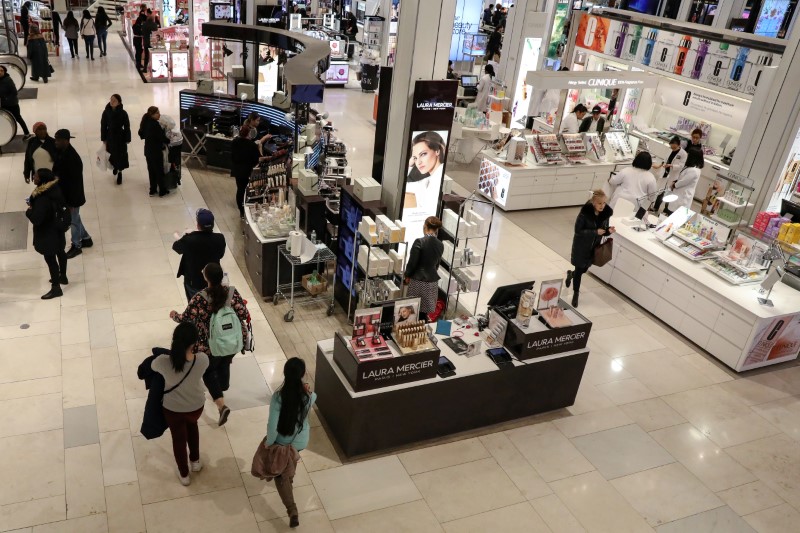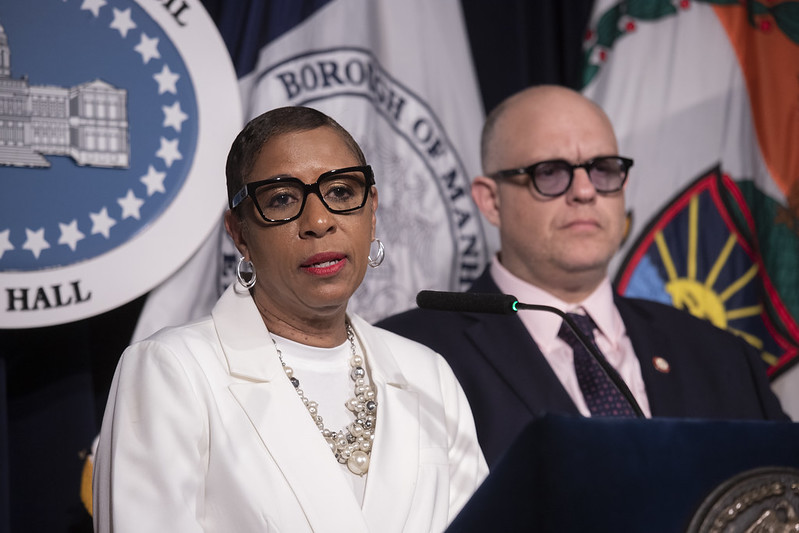(Reuters) – U.S. consumers’ inflation expectations for the near future remained elevated last month while the outlook for their financial prospects over the next year dimmed, according to a survey released on Monday by the New York Federal Reserve.
Median expectations for inflation over the next year stayed at a series high of 4.8% in July, following a substantial jump in June, according to the monthly survey.
Expectations for what inflation will be over the next three years increased slightly to a median of 3.7% from 3.6% in June, reaching the highest level since August 2013.
The survey of consumer expectations, which is based on a rotating panel of 1,300 households, can be a helpful gauge for the U.S. central bank as it weighs its inflation outlook.
Fed policymakers are discussing how and when to begin removing the support provided during the coronavirus pandemic, with some officials concerned recent inflationary pressures may last longer than anticipated. The Fed last year cut its benchmark overnight interest rate to near zero and began buying $120 billion in Treasuries and mortgage-backed securities each month to bolster the economy.
Consumers’ expectations for how much home prices will rise over the next year dropped to a median 6.0% in July from 6.2% in June. That drop was driven mostly by respondents aged 40 and higher, as well as by those living in the West and the Midwest.
More people said they were worse off financially now than they were a year ago, and fewer respondents said they expect their financial situation to improve a year from now. The average perceived odds of missing a minimum debt payment over the next three months rose to 10.4%, above the trailing 12-month average of 10.0%.
The mean perceived probability of becoming unemployed over the next year rose to 12.2%, but was still the second lowest reading for the survey launched in 2013.
(Reporting by Jonnelle Marte; Editing by Paul Simao)



















